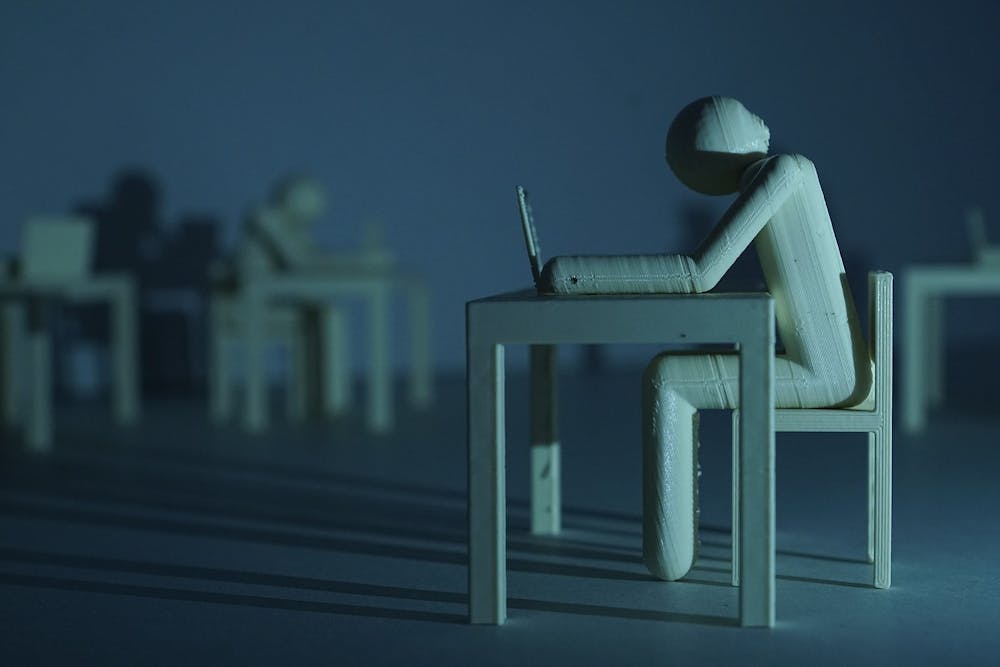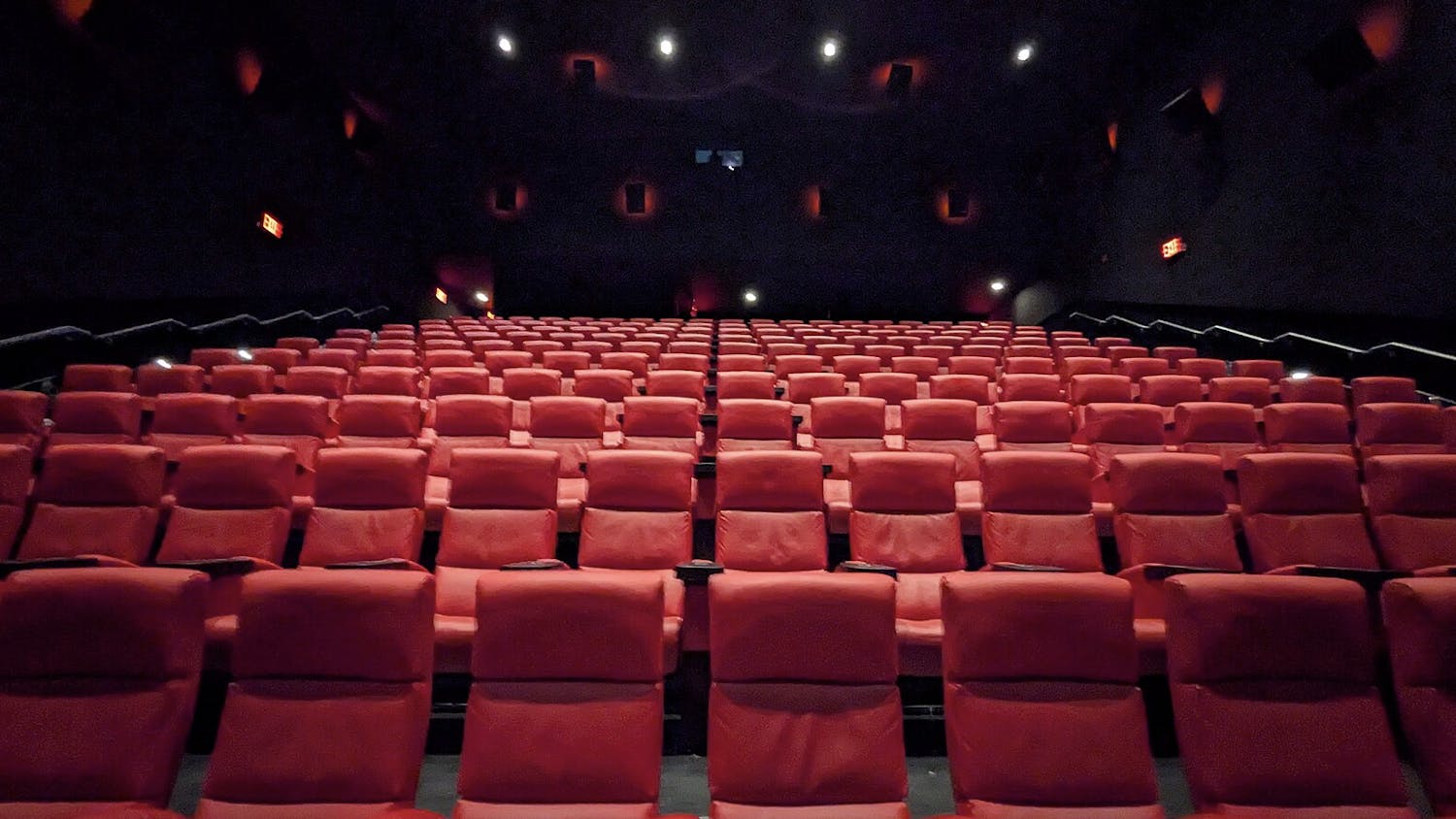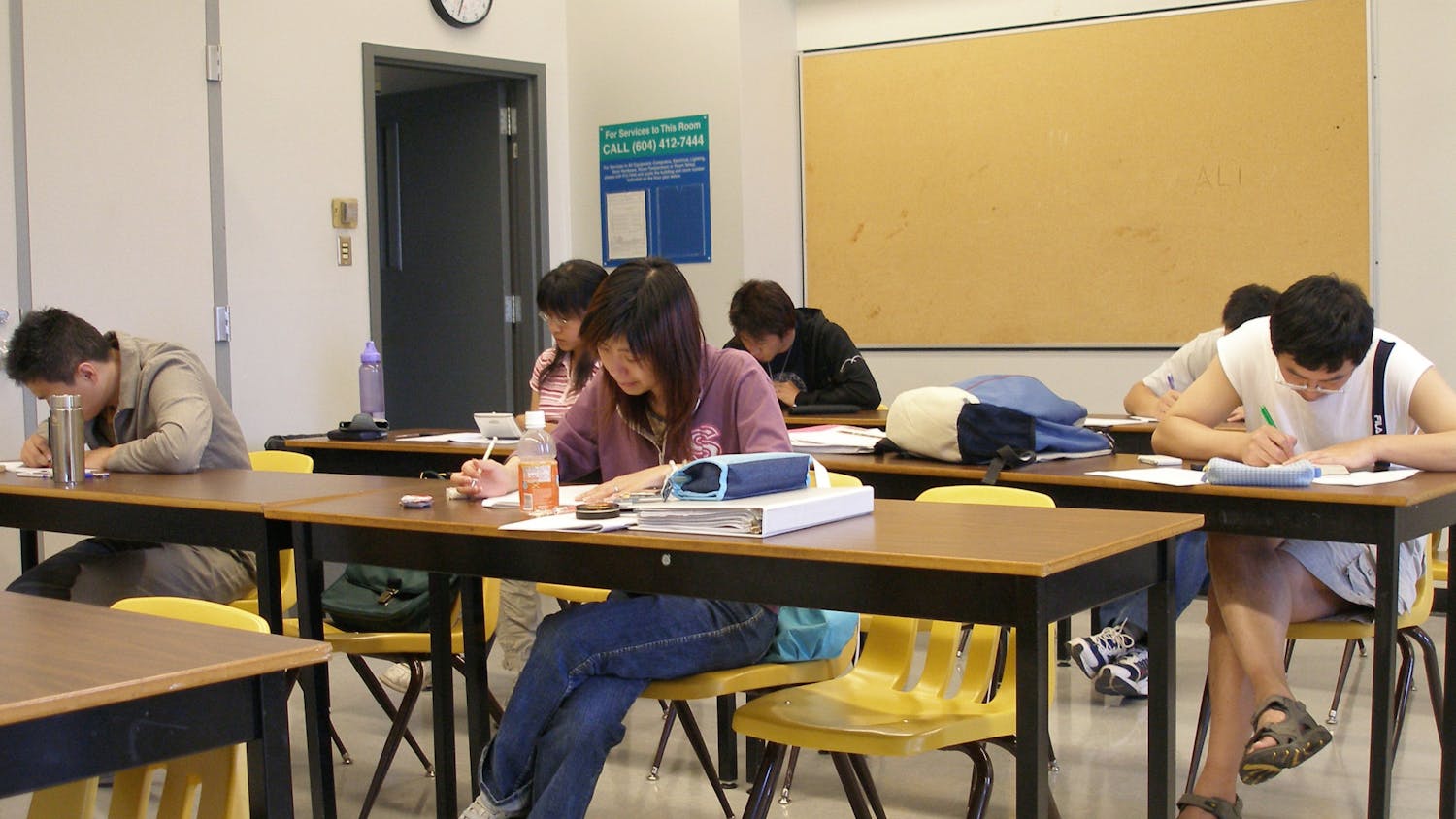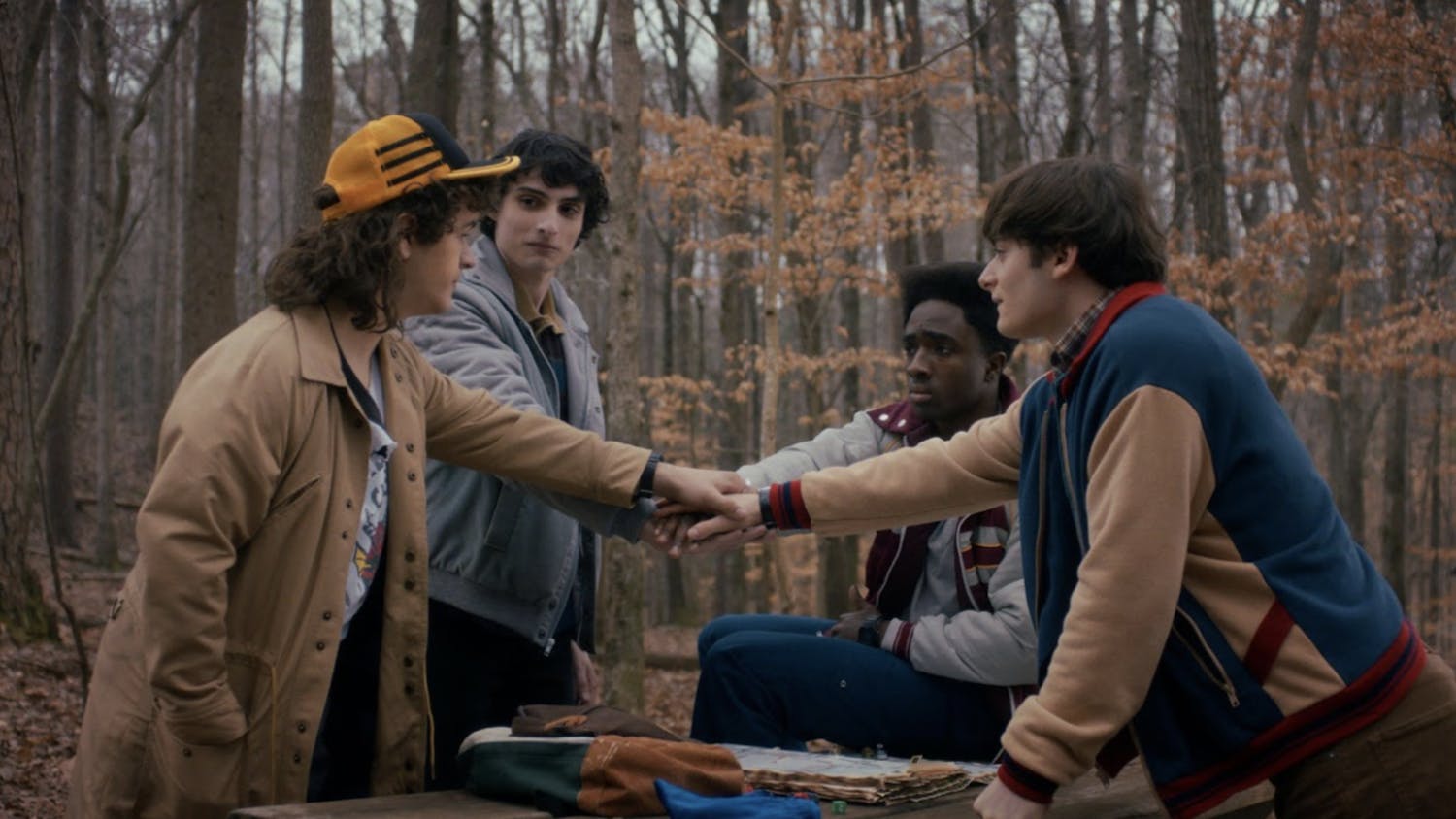By Parisa Burton
Staff Writer
The artificial intelligence revolution has been a hot topic of conversation since the launch of ChatGPT in November 2022. This platform is best known for substituting human tasks using automation to generate responses to human queries. As the AI revolution gains momentum, platforms like ChatGPT are becoming widely embraced as powerful tools to expedite tasks through automation, but their widespread use raises questions about reliability and authenticity.
ChatGPT and similar artificial intelligence platforms should be taken with a grain of salt because they lack credibility. In 2023, lawyer Steven A. Schwartz used ChatGPT to conduct legal research for a filing. The issue arose when the court found that the six cases cited for precedent did not actually exist. The lawyer defended himself by explaining how he mistook the platform for a search engine and not a generative language tool.
This incident emphasizes the risks associated with complete trust in artificial intelligence, as Schwartz didn’t bother to verify the information fed to him by doing his own research. ChatGPT creates laziness in people, even those in prestigious fields like law, which is worrying.
But what happens when creative fields like journalism, art and photography are so heavily mimicked using artificial intelligence that human creativity becomes overshadowed?
AI has become so undetectable that people are mimicking authentic work, like Schwartz by letting artificial intelligence do all the work. Imposters profit off of deception while talented creatives go unnoticed for their authentic work.
The future of journalism is at high risk as artificial intelligence becomes more advanced. Automated systems can perform human tasks such as content generation and basic reporting. There might no longer be a need for journalists to perform traditional tasks like going into the field to collect information.
Research conducted by Neil Patel, co-founder of NP Digital, a global digital marketing agency, revealed that AI-written content is surprisingly less effective at driving website traffic than human-written content. In his experiment, Patel published 744 articles on 68 websites – half written by humans and half written by AI. Each group used keyword research, had similar keyword difficulty and produced content of similar lengths.
Over five months, the websites were analyzed for the organic search traffic each article produced. Human content increasingly outperformed AI each month. By month five, an AI article generated 52 visitors each month and human-written articles generated 283 visitors per month on average.
This research emphasizes how there will always be a need for human touch in content creation.
While it may be tempting to resort to AI for its time efficiency, it should always be supplemented with heavy human modification.
Looking at other creative fields like digital art and photography, countless AI platforms can be used to generate false photographs and art imitations. DALL-E by OpenAI is one of many AI systems that enable you to type a prompt and, within seconds, receive a generated image. You are even able to tailor it to your liking by giving it feedback.
It is important to learn the skills and tools to decipher AI in photography. One helpful tip is to carefully analyze skin. AI is not advanced enough to accurately mimic pores and imperfections. Skin often appears perfectly airbrushed. It's also important to check for consistency, like matching earrings and limb count.
With this, Hugging Face’s AI Detector allows users to input AI-suspected images, producing a human and AI score for the image. Whichever score is higher represents what is most likely the creative behind the work.
These tips and tools lay out a foundational framework for detecting phony photographers and promoting recognition of authentic work.
In the field of art, there has been an overwhelming amount of deception as AI becomes more mainstream. It is nearly impossible to discern the difference between authentic artwork from AI productions.
AI scrapes copyrighted components from all over the web, which undermines genuine artists as they lose control over their creations. Essentially, AI image generators are fueled by large datasets of human creations for training purposes.
Illustrator and field sketcher Julia Bausenhard discovered that her artwork was stolen by Stable Diffusion, a deep learning, text-to-image AI model. She utilized the website haveibeentrained.com, which enables artists to track if their work has been scraped by AI.
Bausenhard was alarmed to find her work scattered across the web despite her relatively low profile. In some examples, her different creations were grouped in one image. She explains that the site allows you to opt out of image scraping by flagging every single image. It is a helpful tool for artists to regain control of their content.
The rapid advancement of artificial intelligence presents both opportunities and challenges for creative fields like journalism, photography and art. While AI can promote efficiency through streamlined processes and increased productivity, it can also raise concerns about authenticity and intellectual property rights.
As AI continues to grow, it is essential that we, as a society, educate ourselves about its benefits and harms. By understanding its implications, we can navigate the age of AI more responsibly to ensure that human creativity continues to flourish alongside technological progress.







